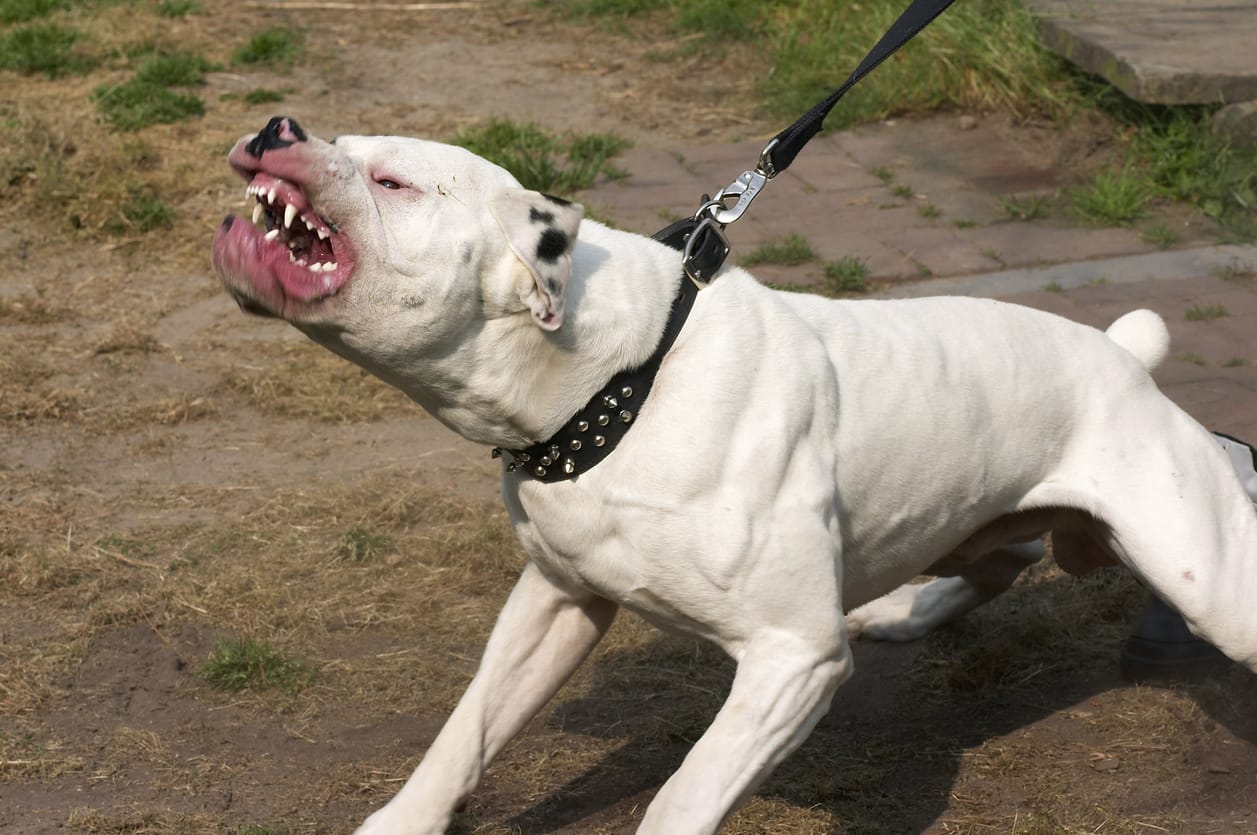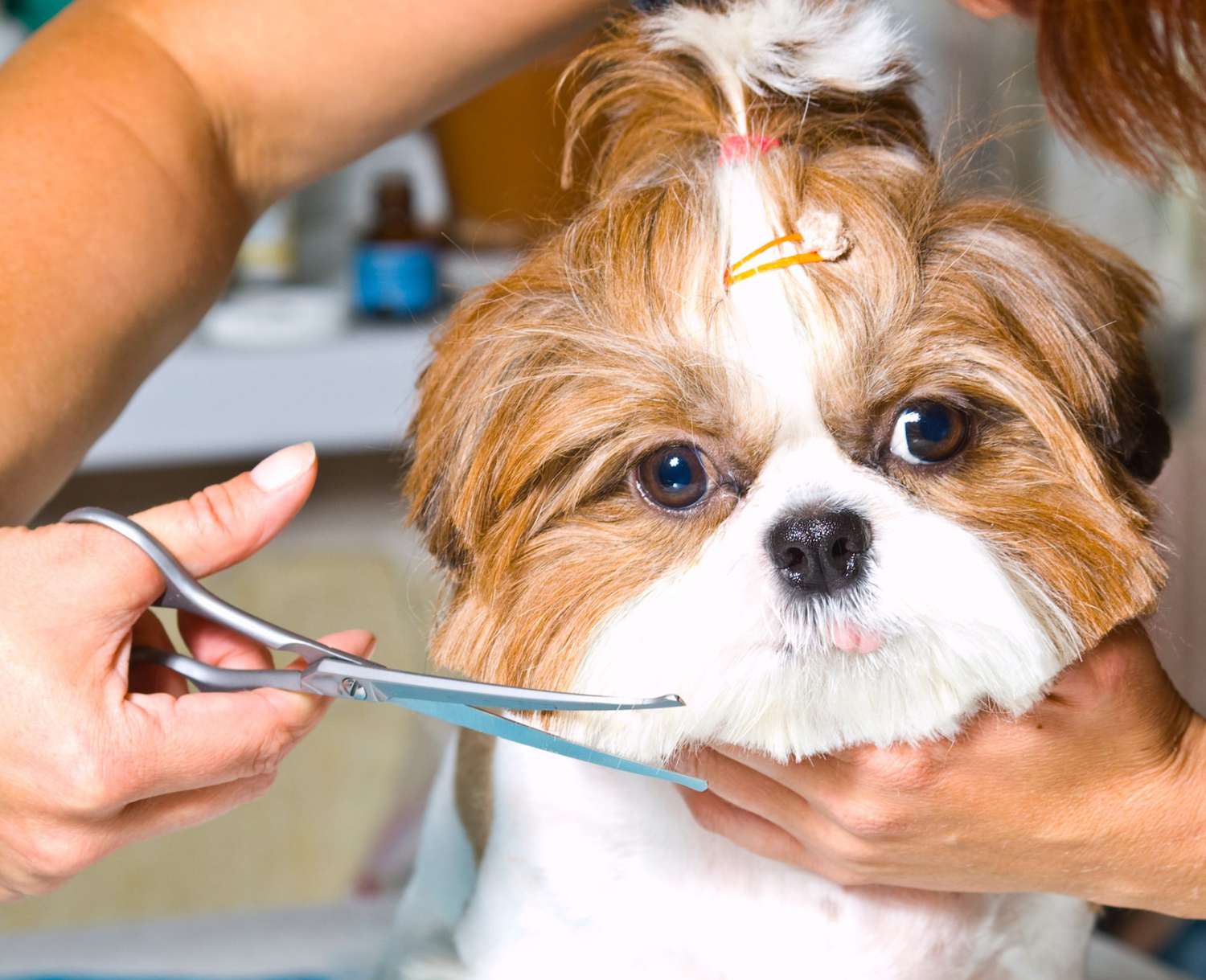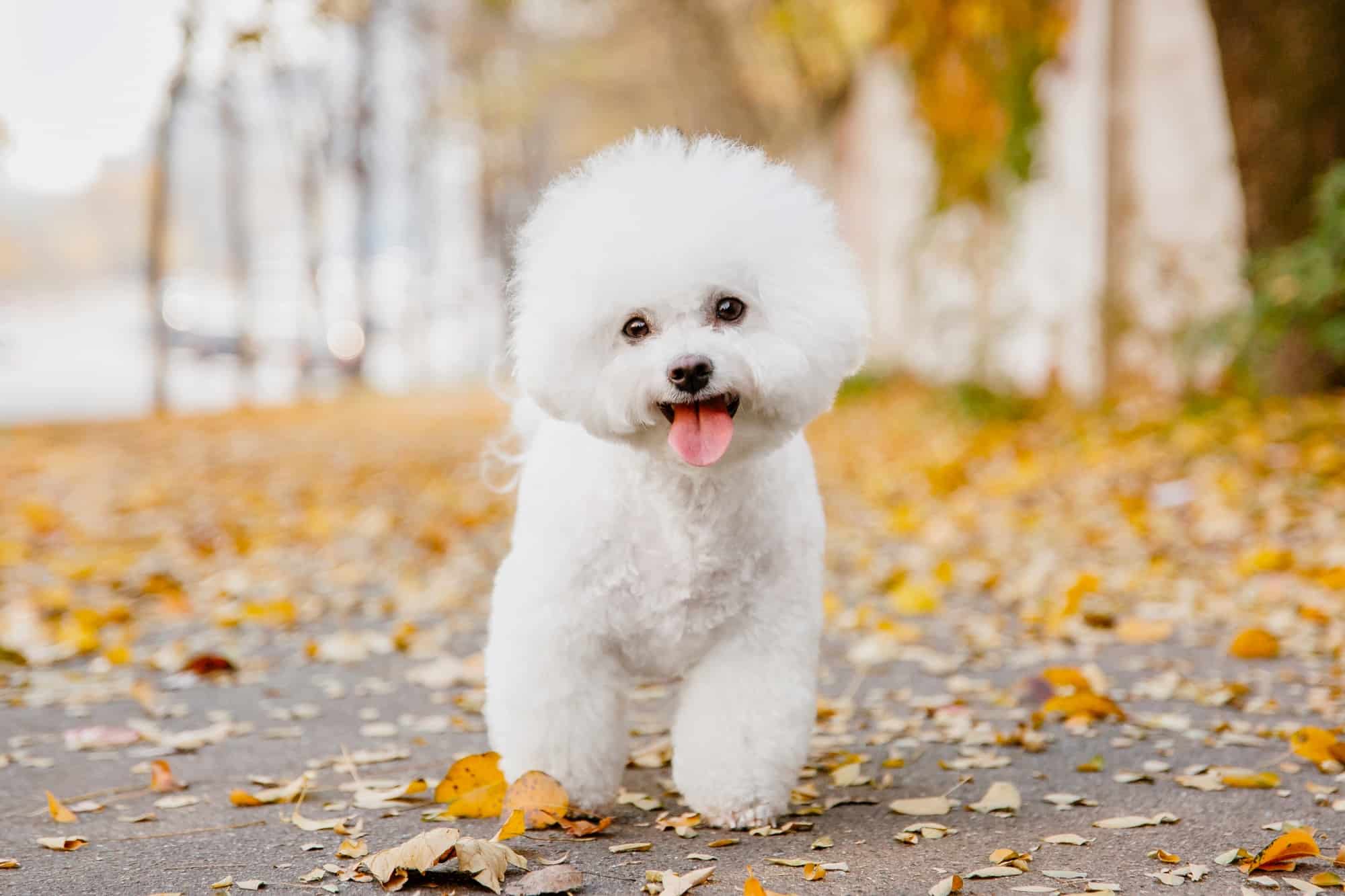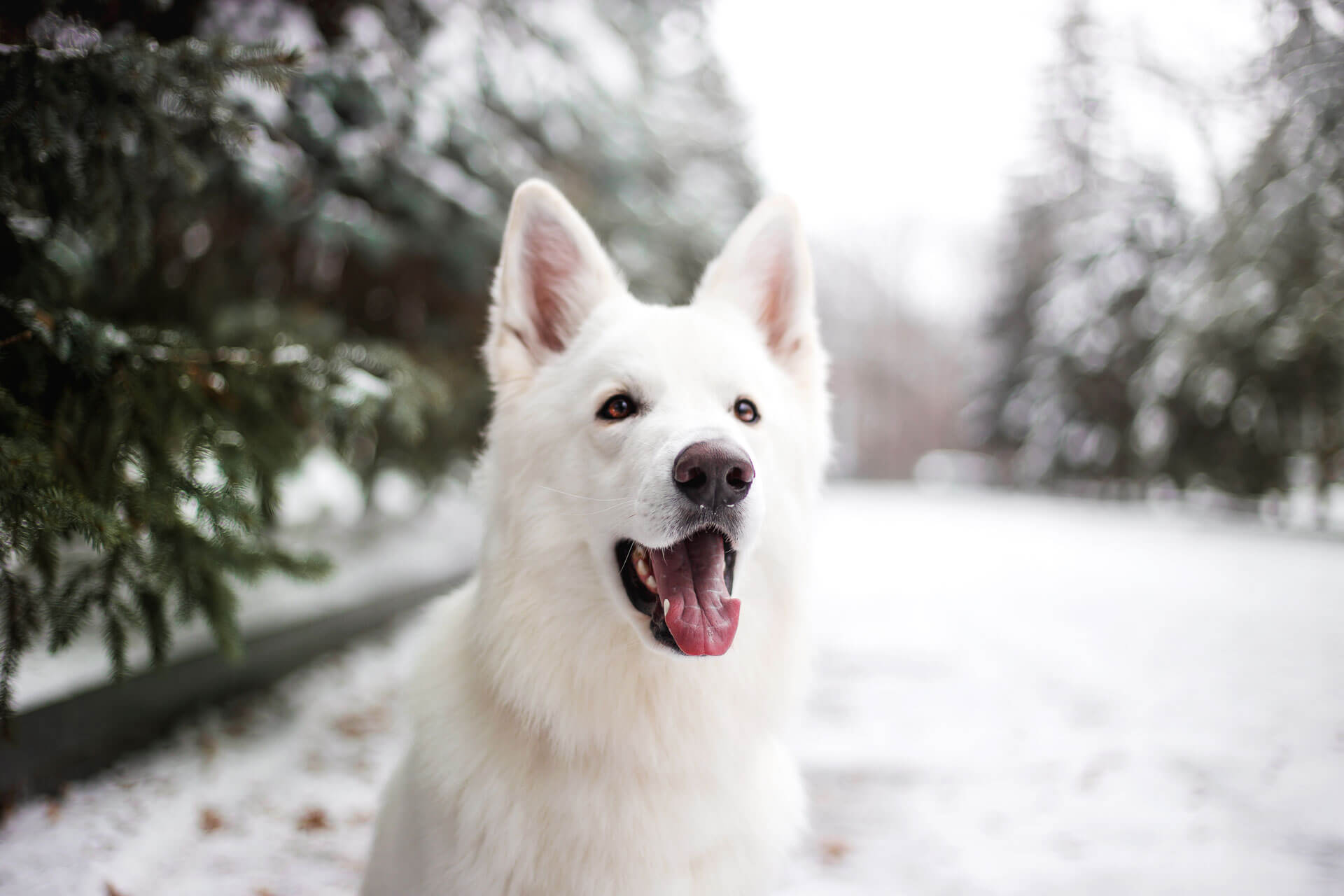Our dogs exhibit various behavior patterns relating to bathroom habits. Sometimes it may hold its pee. Some dogs can hold urine for a while with proper training. However, if your dog is holding its pee for too long, it needs to go to the vet.
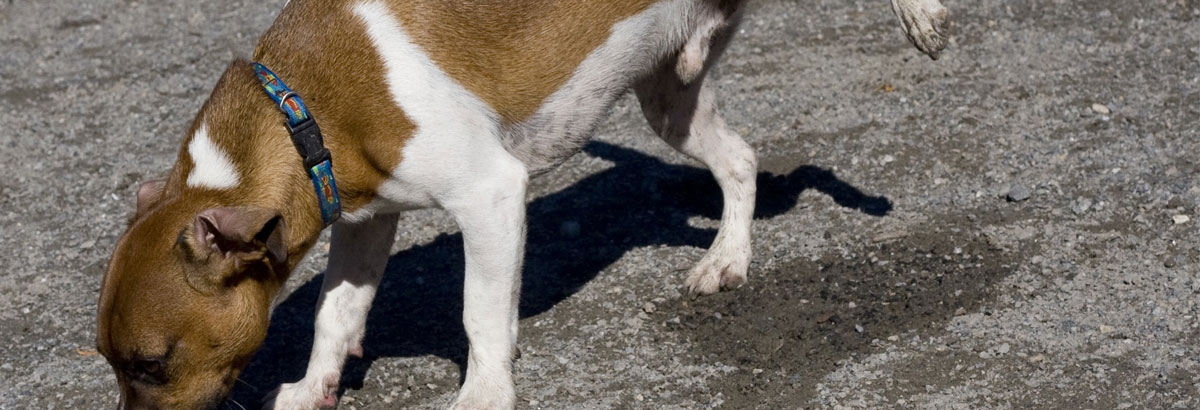
Why does my dog hold his pee?
When your dog does not even try to go out or ignores you when you call them, it is most probably trying to hold its pee.
Your pet may be nervous about something (e.g., strangers). Such anxiety may manifest in many ways, including not wanting to visit the restroom in the presence of intruders.
The behavior may also indicate that they might have had some accidents, since they don’t want anything to happen again if they visit the toilet during this time.
Your pet is not happy about something. It may be upset/stressed because of a change in its routine or environment (e.g., new people, new dog, new furniture).
Another behavior that might be exhibited by your dog when it holds its pee is if it has a urinary tract infection which means that it cannot empty its bladder. There are other causes as well, depending on how old your dog is.
Other factors such as whether it has been spayed or neutered can affect urination. The younger ones can hold their pee easier than older dogs can.
In cases where the reason for holding the pee is medical, you must rule out health problems first before training them to stop this undesirable habit. It should be addressed professionally by the vet if it continues.
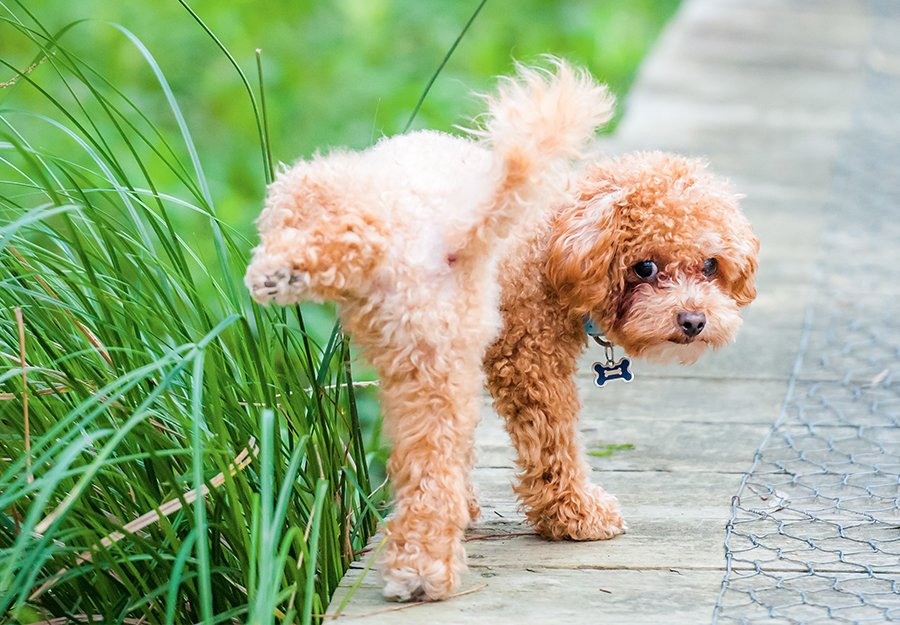
How to stop my dog from holding his pee?
While there are commercially available products to stop your dog from holding its pee, it is best to use a natural approach instead. Here are things you can do:
The first thing you need to do as an owner is be aware of the signs so that you will notice when your pet does not want to visit the restroom, even though they need to. The earlier you address these issues, the easier it will be for the dog and it will follow commands better. Also, it cannot hold the bladder forever, so accidents may happen which would make training even harder.
Take your pet for a walk around the neighborhood at least once during the day or play inside with their favorite toys/chew toys/treats. This will get their energy out, so they won’t have the urge to hold it.
If you are consistent with taking them out regularly or playing with them, they will eventually know that doing these things indicates that it is time for them to visit the restroom. They might even begin to follow your commands, which you must be consistent in enforcing.
You need to set a routine for your pet early on so that they can get used to visiting the bathroom at certain times of the day, no matter where you are (e.g., backyard). If this cannot be done, take them outside every few minutes when you see signs that they need to go. Praise/reward when they do their business in the right place, especially if this has never happened before.
Be patient as it might take time for them to learn this new habit (or lack thereof).
Also, be aware of signs that indicate that they need to go (e.g., restlessness, whining. Take them out immediately, otherwise they will hold their pee until they cannot do so anymore, which may cause an accident indoors.
What happens if a dog holds their pee for too long?
A dog going this long without urinating is unhealthy. Backed-up toxins can harm the bladder muscles and other organs, as well as weaken them over time. Veterinarians have discovered that when your dog is required to retain their urine for an extended period, numerous health issues can develop, including Kidney disease.
Read more : What Is the Average Life Expectancy of a Diabetic Dog
If your dog is urinating less often, its kidneys will have a harder time flushing toxins from the blood.
Do dogs hold their pee when stressed?
When dogs are stressed, they may hold their pee because the body is trying to retain water. When your dog walks or runs around, it stimulates its bladder and helps release more urine– when they are anxious about something, this response may be smaller than normal.
If you think your pet is not urinating due to stress (like when you take them out in public), keep them calm at home for an hour or so before letting them go outside if possible (with no distractions). If that doesn’t work after a few hours of being patient with them, it’s probably time to see the vet just to make sure there isn’t anything physically wrong with their urinary tract.
How long can a dog hold their pee?
This issue is most common in small breeds of dogs because their bladders are usually smaller than those of large breed dogs. However, any breed can experience this problem if they are neutered/spayed too early.
Unneutered males will have larger bladders that can hold more urine for longer periods before releasing it.
Adult dogs will usually be able to go 10-12 hours without urinating, but puppies may need to pee sooner than that– take your puppy out every few hours at the very beginning, just in case. Once the pup is older and their bladder has developed more, they can generally hold their pee longer without having physical problems or issues with toxicity build-up.
If you are very concerned about how long your dog is holding its pee, then check its gums for color — pink gums are a healthy sign, but clear gums or very pale pink may indicate that they need to be taken to the vet.

sweet border collie dog portrait in studio
How long can dogs hold their pee for?
Urinary frequency in canines is affected by several things, including age, sex, body size, and overall health. At least three to five times a day, the average adult dog should be permitted to go potty – that’s at least once every eight hours.
If necessary, dogs can hold their urine for up to 10-12 hours.
While sleeping, dogs can hold their urine for an average of 8 to 10 hours. After a meal or a drink, as well as after waking up and after a period of play, all canines should be allowed to go out.
Source: https://petstutorial.com
Category: DOGS



